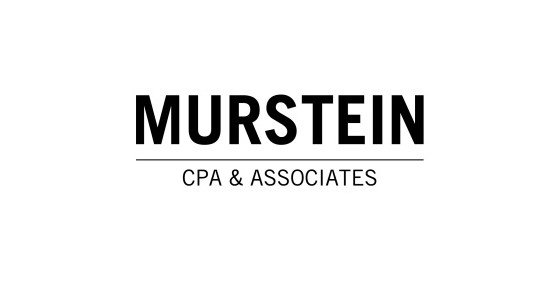How Do I Avoid Tax Scams?
Taxpayers are frequently targeted by scammers pretending to be the IRS, promising to resolve tax issues, or telling you they can get you big refunds. See the tips below-compiled from IRS press releases- to learn more about tax scams.
Rules of Thumb
The IRS does not initiate contact with taxpayers by phone, email, text message, or social media to request personal or financial information.
The IRS does sometimes communicate over the phone, but this is typically after contacting you via letter.
The IRS does not demand that taxpayers immediately pay money without sending them a bill, explaining their rights, and allowing them to appeal the amount owed. The IRS cannot have you arrested or revoke your driver’s license. Beware of communications that use threats or intimidation to make you act quickly, especially if they mention actions which the IRS doesn’t have the power to take.
Common Scams
Third Party “Help”
Scammers may contact you and offer to help you handle tax matters. For example, they might want to help you set up an online account with the IRS so that you will give them your personal information. You should only create an IRS account on the official site and do so by yourself.
OIC Mills are another service which profit from helping taxpayers with issues they can resolve without third party help. These “mills” advertise their service (for a fee) to submit an offer in compromise for an outstanding balance. These illegitimate practitioners mislead taxpayers into paying them to resolve an issue which individuals can do themselves (and for free) by contacting the IRS directly, and may even submit paperwork for an offer the taxpayer doesn’t even qualify for.
Scammers sometimes encourage taxpayers to claim credits for which they do not qualify. They may advertise that they can get you a big refund once you pay their fee. However, filing a false claim can result in major penalties, which the scammer will not stick around to help resolve. Be wary of claims that are too good to be true and make sure you trust your tax preparer.
Phishing and Impersonations
Phishing can take a variety of forms, but it typically involves someone impersonating the IRS in a communication to make you click a dangerous link, reveal personal information, or pay them money. Some of the most common phishing scams claim that you have a refund or other unclaimed money waiting for you and ask you to click a link to obtain it; ask you to complete an additional form for your returns; tell you that your returns are ready and ask you to download an attachment; say that you have been a victim of fraud, there is unusual activity on your account, or you have been charged with a crime and need to take steps to resolve it.
Remember: the IRS will not email, text, or message you on social media, and they don’t often call, especially unexpectedly. See this FTC article for more information on impersonation scans.
Bad Social Media Advice
You may see posts circulate on social media spreading awareness about tax credits which the average taxpayer can supposedly claim. Some credits which have commonly been the subject of misinformation and bad advice are the Fuel Tax Credit, "Self-Employment Tax Credits", and fake household employees. These credits are only available in specific circumstances and to taxpayers who meet a complex set of requirements. Falsely claiming credits can result in civil and criminal penalties.
How To Protect Yourself
Select a tax practitioner carefully. See these IRS tips for help determining what kind of preparer your need and how you can check their credentials.
Know the signs of phishing or suspicious communications. These include:
Any communication claiming to be from the IRS or an IRS agent that is sent via text, email, or social media; communications that generate a sense of urgency or threaten you; grammatical errors and odd phrases; and communications that demand payment immediately (the IRS always allows time for a dispute of the amount owed) or through odd methods (the IRS does not accept payment via gift cards, wire transfer, or over the phone). See this article for more examples.
Know the signs of a legitimate IRS communication. These include:
It is a letter, which includes the correct IRS logo and a notice number. This CP or LTR number is on the top right corner and you can search the number on the IRS website; the letter was sent via USPS in an official government envelope; IRS customer service authenticates the letter.
Navigate suspicious communications carefully.
If you receive a call from someone claiming to be the IRS, request a reference number. You can hang up, call the real IRS telephone number, and give them the reference number to check if it is legitimate. If a message claims that you owe money, you can also check your IRS account to make sure you don’t owe.
Check the phone number, email address, or web address that the communication comes from. Find out what the IRS real contact information is and carefully match it to what you received. Don’t rely on caller ID or similar addresses- these can be faked.
Don’t open attachments or click links unless you are certain that you trust the sender. Phishing scams rely on you quickly downloading an attachment or clicking a link without stopping to check if it’s legitimate.
Keep up to date with new scams. The IRS often publishes news releases detailing emerging scams and how to avoid becoming a victim to them.
